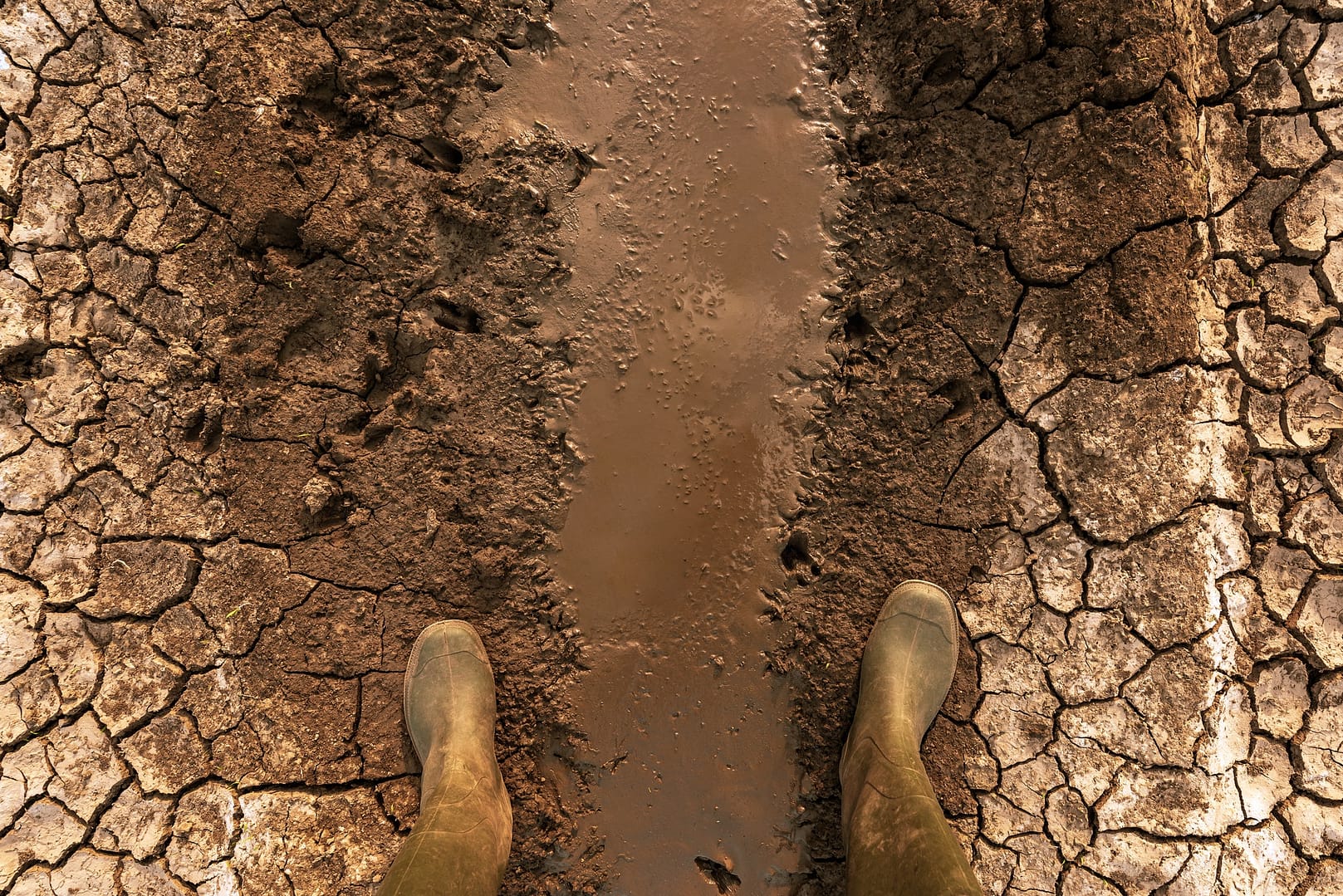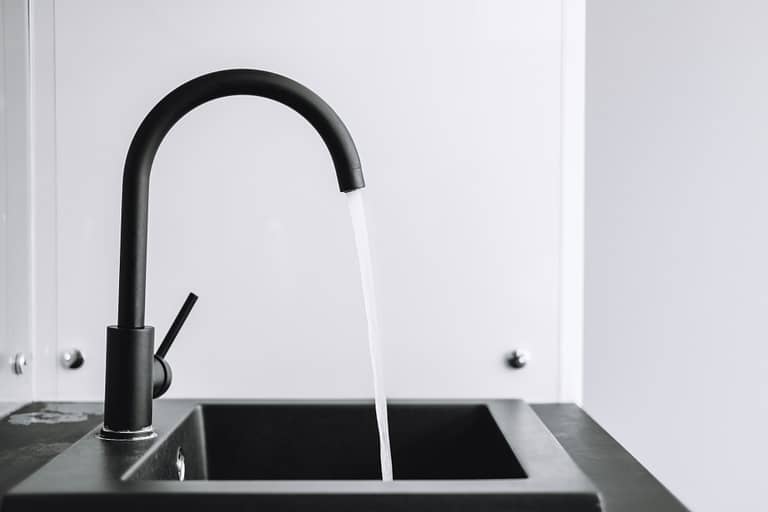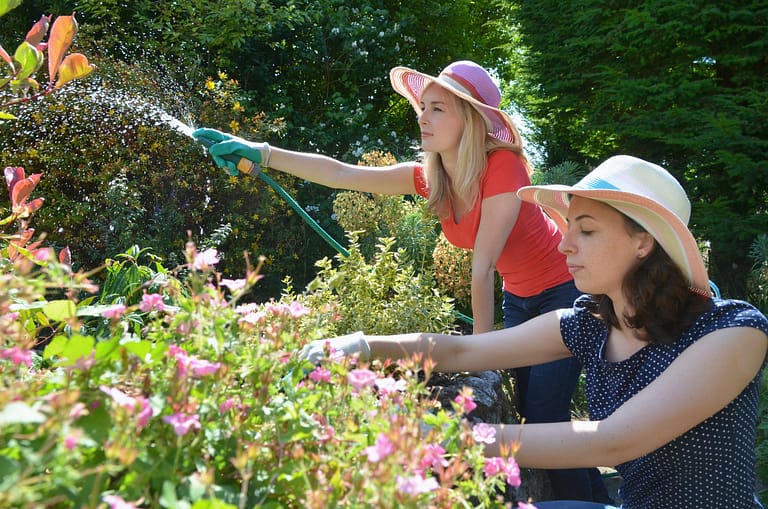The Impact of Climate on Water Usage in Dallas Homes
The average daily water consumption for Dallas Water Utilities (DWU) customers is 380 million gallons. However, on August 9, 2023, it spiked to 659.87 million gallons due to increased water usage.
The impact of climate on water usage in Dallas homes is significant. The high temperatures and reduced precipitation in the region lead to greater water demands, putting pressure on water pipelines and increasing the risk of leaks.
To address this, DWU has deployed 11 crews to respond to water main breaks and leaks 24/7. They also encourage water conservation through programs like the Twice Weekly Watering schedule.
Understanding how the climate affects water usage is crucial, as it helps in taking measures to preserve this precious resource.
Key Takeaways
Living in Dallas, you can see how the climate impacts water usage in your daily life. As temperatures rise and rainfall decreases, more water is used, putting pressure on water resources and infrastructure.
It's crucial to adapt your home to the Dallas climate and participate in water conservation efforts. Our choices and actions, like water pipelines under pressure, can either result in leaks or support a steady flow of water for generations to come.
Dallas Climate Overview
When it comes to Dallas' climate, it's crucial to understand its direct impact on water usage in homes.
Dallas has a subtropical climate with hot summers and mild winters. The high temperatures and unpredictable weather patterns can significantly affect water availability, leading to water management challenges.
In recent years, Dallas has experienced periods of drought, increasing the demand for water in homes. Climate change has also led to higher temperatures, causing soil to dry out more rapidly and reducing overall rainfall. These factors directly influence water usage in homes, highlighting the need for efficient water management practices.
Therefore, it's essential for homeowners to understand the climate in Dallas to adapt and conserve water effectively amidst changing environmental conditions.
Seasonal Variation in Water Usage
Understanding the seasonal changes in water usage is essential for Dallas homeowners because it directly impacts water availability and demand due to climate variations.
The climate change in the Dallas-Fort Worth area significantly affects water demands and the water planning process. Weather conditions, such as extreme temperatures and droughts, directly impact water resources and utility operations.
Recognizing these impacts helps homeowners implement water conservation measures and support sustainable water management practices.
It's crucial to consider the fluctuations in water usage to efficiently manage water resources and address strain on water pipelines during peak demand periods.
Impact of Temperature on Water Consumption
Understanding the impact of temperature on water consumption in your Dallas home is crucial. Hotter weather leads to increased demand for water, and in Texas, climate change projections suggest that extreme weather events and drought will significantly affect water usage.
As temperatures rise, the need for water increases, straining the city's water system and affecting the efficiency and reliability of water pipelines. This heightened demand not only impacts water availability but also raises concerns about the potential for more water main breaks and leaks.
It's important to recognize that hotter temperatures directly influence water consumption at home, emphasizing the need for responsible water usage to alleviate pressure on the water supply.
Influence of Precipitation Patterns on Water Usage
Understanding how rainfall patterns impact your water usage is essential. Changes in precipitation can significantly affect the amount of water your household consumes. For instance, during drought conditions, you may need to adjust how you use water in your home.
Adapting to these changes is crucial in the face of climate change.
Rainfall and Water Consumption
In Dallas, the amount of water you use depends on how much it rains. The rainfall patterns directly affect water consumption in your household. When there's heavy rain, water levels rise, and the soil gets wetter, which can impact how much water you use.
Local leaders can use climate science to understand how rainfall and water vapor in the air affect water availability. This understanding helps them make smart choices about managing water resources. Knowing how rainfall and water use are connected is vital for using water responsibly in Dallas. This knowledge guides local leaders in taking steps to ensure there's enough water for households, especially during dry periods.
Next, we'll discuss 'drought and household usage.'
Drought and Household Usage
In Dallas, drought directly affects how much water your household uses. Climate change makes droughts worse, leading to less water for homes and businesses. As temperatures rise, climate change causes more water to be used and less available during droughts. The table below shows how drought can impact your household's water use and availability:
| Impacts of Drought on Household Water Usage | |
|---|---|
| Increased water demand | Reduced water supply |
| Higher risk of water loss | Lower water quality |
| Strain on existing water resources |
Understanding how drought affects water usage is important for managing water sustainably as the climate changes.
Climate Change and Water Conservation Efforts
Considering the impact of Dallas water usage trends in the context of climate change and its influence on conservation efforts is crucial.
Understanding the specific challenges posed by climate change enables the identification of effective water-saving practices tailored to the community's needs.
Taking proactive steps toward water conservation can help mitigate the effects of climate change on water availability and usage in Dallas homes.
This is particularly important as climate change continues to impact water resources, making conservation efforts essential for sustainable water usage.
Dallas Water Usage Trends
Climate change has a significant impact on water usage in Dallas homes. As the average temperatures in Dallas continue to rise, water evaporation rates increase, affecting the water supply. This situation worsens drought conditions in the region, with Texas facing the driest Gulf Coast drought on record. Unfortunately, the Texas Water Development Board's long-term planning doesn't fully consider the effects of climate change, potentially leading to future water supply challenges.
To address potential water shortages, Dallas is implementing more efficient water usage, underground aquifers, wastewater reuse, and desalination plants, in addition to reservoirs. Understanding these trends is crucial for developing effective conservation strategies in response to climate challenges.
In the next section, we'll delve into how climate influences water conservation efforts in Dallas.
Climate's Influence on Conservation
Climate change significantly impacts water usage in Dallas homes. As temperatures rise and drought risks increase, it's essential to adjust water conservation strategies to address the effects of climate change. Global climate models predict a decrease in water supply and increased water evaporation, underscoring the importance of conservation. Mitigating the impact of climate change on water resources depends on addressing greenhouse gas emissions.
To counter projected reductions in water supply, it's crucial to implement water-saving technologies and promote mindful water usage. Proactive water conservation measures can help sustain water availability for Dallas homes. These measures also bolster environmental resilience amidst ongoing shifts in temperature and precipitation patterns.
Effective Water-Saving Practices
Water conservation is crucial for adapting to climate change and ensuring sustainable water usage in Dallas homes. To achieve this, you can consider implementing the following strategies:
- Low-flow Fixtures: Installing low-flow showerheads and faucets can significantly reduce water usage.
- Xeriscaping: Using drought-tolerant plants and landscaping techniques helps minimize outdoor water consumption.
- Water-efficient Appliances: Upgrading to water-efficient washing machines and dishwashers can help conserve water.
- Rainwater Harvesting: Collecting and storing rainwater for non-potable uses, such as watering plants and outdoor cleaning, is an effective water-saving practice.
Adapting Homes to Dallas Climate
Adapting Homes to the Dallas Climate
It's important to adjust your home in Dallas to the local climate. This can be done by investing in efficient irrigation systems and conservation efforts. Due to high temperatures and reduced precipitation, there's an increased demand for water. Texas relies on reservoirs and surface water, so homes in Dallas may need to adapt to the impact of climate change, drought, and fluctuating temperatures on the water supply.
Adapting homes to the Dallas climate is crucial for ensuring sustainable water usage and contributing to water conservation efforts.
Proactive measures such as robust plumbing systems and efficient water usage can help homes withstand extreme weather events and prevent undue pressure on water pipelines. By considering the potential impacts of climate change on local plumbing infrastructure, homes in Dallas can take steps to protect against future challenges and contribute to a more sustainable water future for the region.
Future Climate Considerations for Water Usage
Considering the anticipated effects of climate change on water availability in Dallas, it's vital for homeowners to actively manage their water usage. This can be done through efficient conservation methods and upgrades to infrastructure.
To prepare for future impacts on water availability, it's essential to consider the following aspects:
- Installing Water-Efficient Appliances and Fixtures: By using water-efficient appliances and fixtures, overall water usage can be reduced significantly.
- Adopting Drought-Resistant Landscaping: This approach minimizes outdoor water consumption, especially during periods of drought.
- Investing in Rainwater Harvesting Systems: Utilizing alternative water sources like rainwater can help reduce reliance on traditional water supplies.
- Consulting with Climate Scientists and Local Authorities: Staying informed about the evolving impacts of climate change on water supply is crucial. This can help homeowners make informed decisions about their water usage.
Taking these steps will better prepare homeowners for future water impacts and contribute to sustainable water usage in the face of changing climate conditions.
Frequently Asked Questions
How Does Climate Change Affect Water Consumption?
Climate change impacts water consumption in Dallas homes in several ways. Firstly, it affects irrigation efficiency, leading to increased water use for maintaining lawns and gardens. Additionally, altered household behaviors, such as increased water usage for cooling and hygiene due to rising temperatures, contribute to higher water consumption. Furthermore, the agricultural sector also experiences heightened water demands due to climate change, impacting overall water availability. As a result, this places stress on water infrastructure, requiring measures to manage urban demand, industrial usage, and policy implications. It's crucial for residents and policymakers to address these challenges by implementing water conservation efforts and sustainable practices to ensure water availability for future generations.
How Does Climate Change Cause the Water Shortage We Are Experiencing in Texas?
Climate change leads to water shortages in Texas by affecting rainfall patterns, depleting groundwater, and reducing reservoir capacity. It is crucial to address this issue by focusing on water conservation, drought management, and infrastructure adaptation. Additionally, improving irrigation efficiency and exploring desalination technology can also play a significant role in mitigating the impact of water scarcity in the region. As a result, taking proactive measures to address these challenges is essential for ensuring a sustainable water supply in Texas.
How Does Weather and Climate Affect Water?
Weather and climate impact water in several ways. Temperature affects how quickly water evaporates, and the amount of rainfall and seasonal changes impact the moisture in the soil. It's important to consider these factors when addressing water conservation, especially in the face of groundwater depletion and plant transpiration. These factors influence the availability and quality of water resources, making it essential to understand their impact on the environment and human activities.
What Is the Effect of Climate Change on Water Level?
Climate change has a significant impact on water availability. It is crucial to focus on water conservation, adapt infrastructure, and manage drought. One way to address this is by improving irrigation efficiency and monitoring soil moisture. Additionally, it's important to consider precipitation patterns and manage reservoir levels to ensure aquifer recharge. These steps are essential in addressing the effects of climate change on water levels.
Conclusion
Living in Dallas, you can observe how the climate affects water usage in your daily life. When temperatures rise and rainfall decreases, more water is used, which strains water resources and infrastructure.
Adapting your home to the Dallas climate and taking part in water conservation efforts are essential for ensuring a sustainable future. Our choices and actions, much like water pipelines under pressure, can either result in leaks or support a steady flow of water for generations to come.







